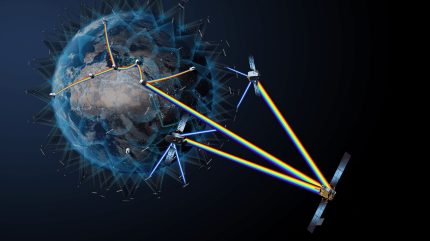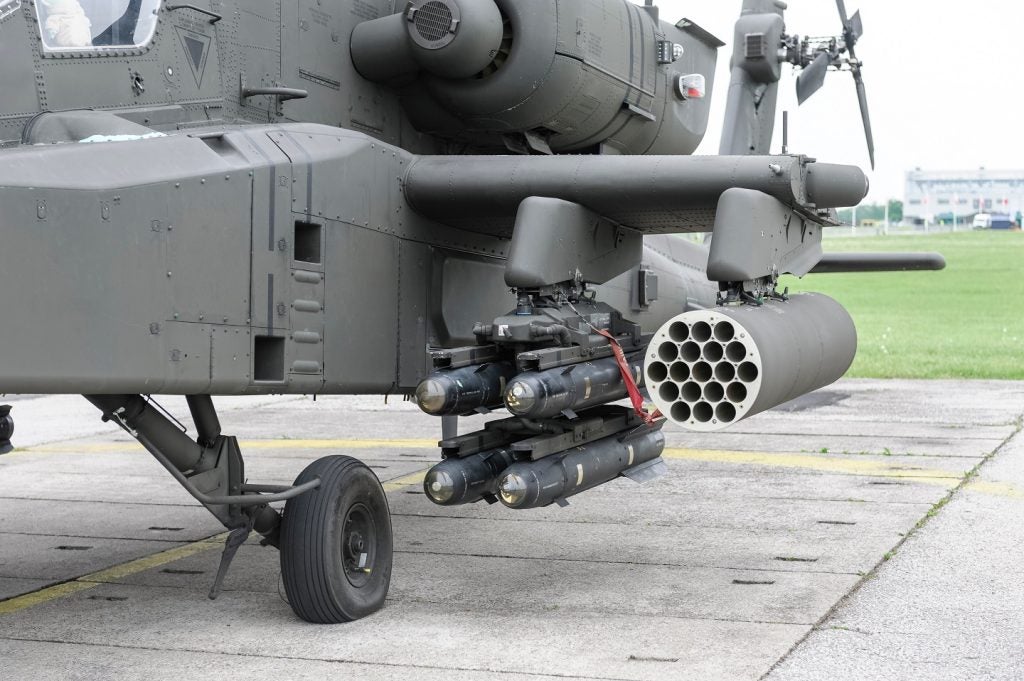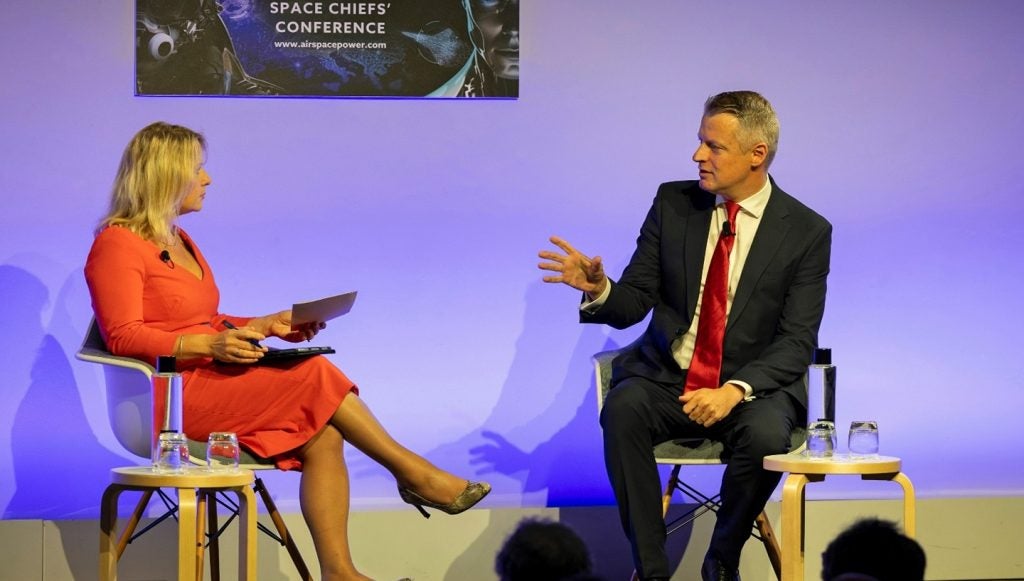
Amidst a landscape of strategic manoeuvring within geopolitics, Ville Meskus, the Head of Business Development for defence at ReOrbit, provides a narrative on the power of satellite technology in defence strategies.
In an exclusive interview conducted by Harry McNeil, Meskus delves into ReOrbit’s contributions to international security, highlighting the imperative of communication, the lessons gleaned from global crises, and the evolving dynamics of Space in modern warfare.
Harry McNeil (HM): Could you briefly overview your background and role at ReOrbit?
Ville Meskus (VM): I’ve been part of the ReOrbit team since 2022, serving as the Head of Business Development for defence. Before ReOrbit, I worked at the European Space Agency, focusing on European Space ecosystem development in Italy. Currently, I represent the Finnish industry on space matters in the Nato space net and serve on the board of directors of PIA, the Association of Finnish Defence and Aerospace Industries.
Additionally, I’m part of the management board of the digital defence ecosystem in Finland. I’m also quite active in different Nato entities, such as the Nato Industrial Advisory Group, as part of the Finnish delegation. About ReOrbit, we build satellites and focus on connectivity, especially agile SATCOM satellites, for governmental, civil security, and defence purposes.
Of course, what the Ukrainian war has taught us since February 24 2022, is that space matters. That has been put in the spotlight now, and a lot of nations are now realising more. At ReOrbit, we are building small SATCOM satellites that are designed from the perspective of securing that sovereign critical communication resource to military as well as civil governmental entities.
So that even in times of crisis, this control of your bespoke communication capabilities remains in the hands of defence forces and civil security officers.
How well do you really know your competitors?
Access the most comprehensive Company Profiles on the market, powered by GlobalData. Save hours of research. Gain competitive edge.

Thank you!
Your download email will arrive shortly
Not ready to buy yet? Download a free sample
We are confident about the unique quality of our Company Profiles. However, we want you to make the most beneficial decision for your business, so we offer a free sample that you can download by submitting the below form
By GlobalDataHM: What will be the lasting lessons from the Ukraine conflict for defence planners in Space?
VM: The Ukraine conflict underscores the role of communications in decision-making and action execution, particularly emphasising the need for efficient communication in distributed combat units. Additionally, it highlights the importance of integrated capabilities and multi-domain operations (MDO) to enhance defence and deterrence.
Space technology, especially SATCOM, facilitates real-time communication across different defence domains, enabling faster decision-making and coordination.
HM: Which emerging technology areas in the defence in space industry will have the biggest impact on military affairs or geopolitics in the next five years?
VM: Resilience is key, especially in the face of evolving threats. Hybrid networks, incorporating commercial capabilities like ReOrbit’s SATCOM satellites, offer enhanced resilience by providing multiple communication pathways and ensuring availability even in challenging situations.
NATO’s focus on multi-layer, multi-band, and multi-orbit networks in Nato SATCOM architecture reflects the importance of these technologies in bolstering defence capabilities. I think this is really the key technology that will help drive a big change, this systemic resilience to unwanted change through a multitude of communication pathways. You just extend your communications capabilities, but just basically to bring you that extra capacity.
HM: How does satellite technology, such as ReOrbit’s, contribute to the current geopolitical landscape in terms of governments’ defence strategies and nations’ sovereignty?
VM: Expanding on the Hybrid network concept. Commercial capabilities like ReOrbit’s SATCOM satellites play a role in modern defence strategies, offering not just contingency options but primary communication solutions. If you ask the US DoD what comms SATCOM is to them, they say it’s not just for contingency, not just a Plan B anymore, but often it’s a primary way of communication.
By leveraging commercial space technologies, governments can enhance their communication resilience and agility, thereby strengthening national sovereignty and defence capabilities. Modern, flexible software for small satellites, which we are building, is not that expensive anymore, and they have become more reliable, a critical resource for militaries.
HM: What are the major challenges facing the defence in space technology in the next year?
VM: While militaries increasingly embrace commercial capabilities, they still have much to learn. There’s a need for adaptation in procurement models, early engagement with companies, and operational practices. Additionally, cybersecurity remains a concern.
You really need to embrace the adoption of dual-use technologies using non-traditional suppliers that are graded as military-grade.
HM: Can you provide examples of real-world applications where satellite technology like ReOrbit’s has made a significant impact in defence?
VM: Commercial space technologies in an ongoing major crisis have helped to make a difference for Ukranians. Thanks to SpaceX’s Starlink and remote sensing capabilities, you provide that information superiority, enabling better decision-making. Moreover, improved communication resources have positively impacted scenarios like Covid-related isolation, demonstrating the broader societal benefits of advanced communication technologies.







